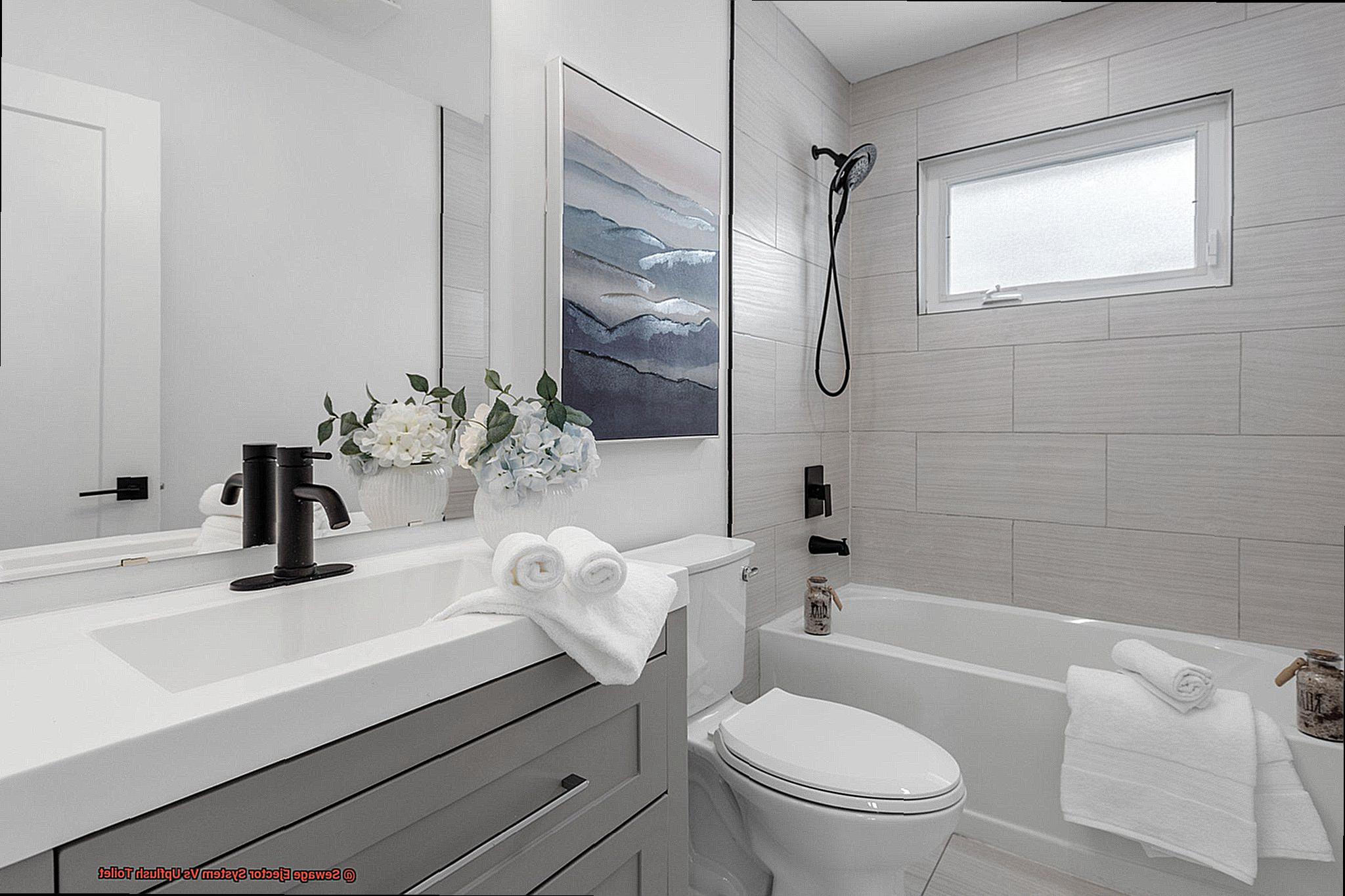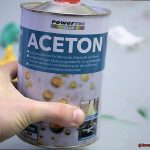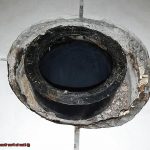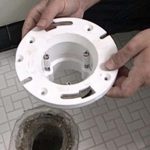Need a reliable plumbing solution for your home’s wastewater? You may have heard of sewage ejector systems and upflush toilets. Both are popular options, but which one is the best fit for you?
In this blog post, we’ll compare the two services and help you decide. We’ll look at cost, how they work, environmental impact, installation specifications and more.
Whether you’re a homeowner or licensed plumber – this article has all the information you need to make an informed decision about sewage ejector systems vs. upflush toilets.
Let’s get started.
Contents
- 1 What is a Sewage Ejector System?
- 2 What are the Benefits of a Sewage Ejector System?
- 3 What is an Upflush Toilet?
- 4 What Are the Advantages of Using an Upflush Toilet?
- 5 Comparing Sewage Ejector System Vs Upflush Toilet
- 6 Pros and Cons of Both Systems
- 7 Sewage Ejector System vs. Upflush Toilet Cost Comparison
- 8 Installation Costs for Both Systems
- 9 Conclusion
What is a Sewage Ejector System?
If you have a basement or multiple levels in your home, you may need to consider investing in a sewage ejector system. These systems are designed to effectively transport wastewater away from the house, usually via a pipe or sewer line.
At the heart of a sewage ejector system is a pump connected to a tank that collects wastewater before it is pumped out.
This type of plumbing system is typically installed below ground level and is ideal for homes with basements or multiple levels as they can move wastewater up and down without having to install additional plumbing fixtures.
Furthermore, gravity-fed systems are often not suitable for certain areas where gravity-fed systems cannot be used.
If you’re looking for an efficient way to move waste away from your house, then a sewage ejector system may be the right choice.
It’s an affordable option that will protect your house from water leakage and other plumbing problems.
What are the Benefits of a Sewage Ejector System?
Sewage ejector systems are easy to install and maintain, and they can be used in a variety of applications. Plus, they’re cost-effective, requiring minimal energy to operate and little maintenance over time.
On top of that, they’re also environmentally friendly—they don’t produce any pollutants or emissions that can harm the environment.
Not only are these systems great at saving money, but they can also handle large volumes of wastewater. This makes them ideal for commercial and industrial applications.
What is an Upflush Toilet?
A flush toilet is the perfect solution. An upflush toilet uses a macerator pump to flush wastewater up and away from the toilet, eliminating the need for gravity-fed plumbing. Not only is it easy to install and maintain, but it also helps conserve water as it uses less water than traditional toilets.
The macerator pump grinds up the waste, making it easier to transport through pipes.
This type of toilet system is ideal for installations where gravity-fed plumbing cannot be used, such as in basements or other areas below the sewer line.
So if you’re looking for a reliable and efficient way to install a toilet in your basement or other area below the sewer line, an upflush toilet is certainly worth considering.
What Are the Advantages of Using an Upflush Toilet?
Upflush toilets are the perfect solution! They offer a range of benefits that make them ideal for homeowners who don’t have access to a traditional sewer line.
The biggest benefit of an upflush toilet is that it eliminates the need for costly and time-consuming excavation work. Installing one is much less expensive than installing a sewage ejector system, and it can be done quickly with minimal disruption to the home.
Plus, they are easier to maintain since they don’t require any major plumbing changes or regular maintenance.
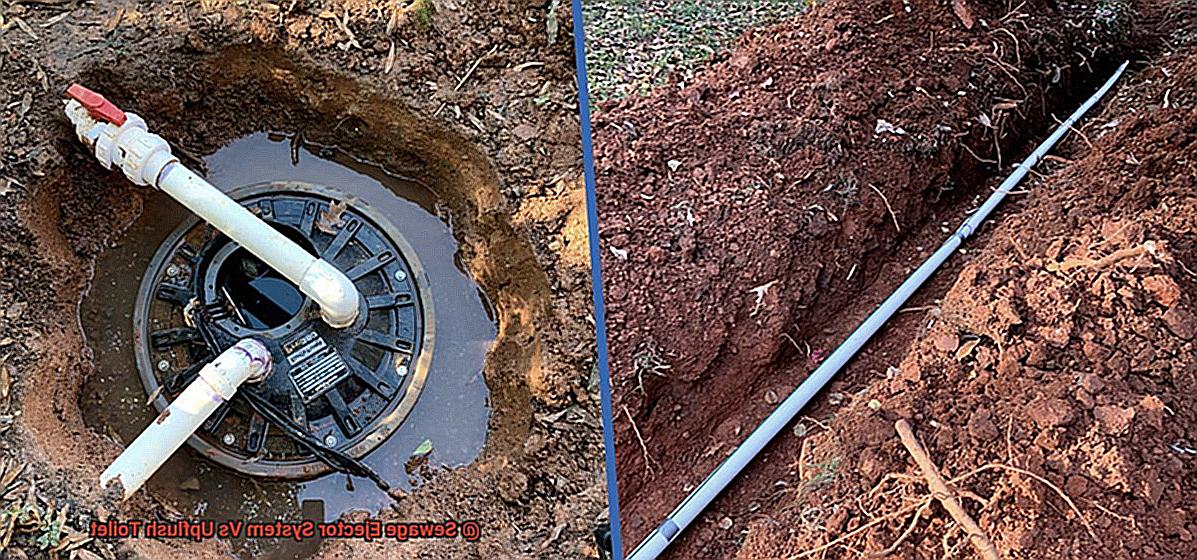
Upflush toilets also offer greater location flexibility because they can be installed in areas where a traditional sewer line cannot reach. And they’re much quieter than sewage ejector systems, so you won’t have to worry about disruptive noise inside your house.
Overall, upflush toilets are an excellent choice for homeowners who want to add a bathroom without the hassle and expense of installing a conventional sewer line. They are quick to install, cost-effective, and offer more freedom in terms of location.
In addition, they’re much quieter than sewage ejector systems – allowing you to enjoy your bathroom in peace.
Comparing Sewage Ejector System Vs Upflush Toilet
Are you wondering which plumbing option is better for your home or business—a sewage ejector system or an upflush toilet? Let’s take a closer look at the differences between these two options.
Sewage ejector systems are typically used in homes or businesses where the sewer line is below the sewer line, so a pump is required to lift waste up to the sewer piping. On the other hand, upflush toilets are usually used in homes or businesses where the sewer line is above the sewer line, so no pump is necessary.
When it comes to maintenance, sewage ejector systems require more frequent attention than upflush toilets, as they need to be checked and serviced regularly. Upflush toilets, however, require less maintenance because they don’t need regular servicing.
The cost of installation for a sewage ejector system is usually higher than that of an upflush toilet, but the installation cost of an upflush toilet is usually lower than that of a sewage ejector system.
Finally, when deciding between these two options, consider the size and ease with which you will be able to service them. Sewage ejector systems are best suited for applications where there is limited space and/or difficult access for servicing. Upflush toilets are best suited for applications where there is plenty of space and/or easy access for servicing.
Pros and Cons of Both Systems
When it comes to choosing the right system for your household, the pros and cons of both sewage ejector systems and upflush toilets should be carefully considered. Sewage ejector systems are easy to install and can handle large volumes of waste, but they come with a hefty price tag and require a dedicated pump and tank for operation.
Upflush toilets, on the other hand, are relatively inexpensive and don’t need a separate pump or tank, but they are not suitable for large amounts of waste or high water tables.
In terms of maintenance, sewage ejector systems need less attention than upflush toilets. However, they can be quite noisy when operating, while upflush toilets operate more quietly. If you’re looking for a system in an area with high water tables, sewage ejector systems are a better option, as they are designed to handle these conditions.
Ultimately, both methods have their advantages and disadvantages, so it’s important to weigh all factors before making a decision.
Sewage Ejector System vs. Upflush Toilet Cost Comparison
It’s important to take your budget and needs into account before making a decision, as the cost of each system can vary greatly.
A sewage ejector system can range from $500 to $3000, depending on the size and complexity of the project. Installation time and labor are usually more costly than an upflush toilet, so this should be considered when thinking about the total cost.
On the other hand, an upflush toilet will cost you between $400 and $1000. This type of toilet is easier to install and requires less frequent maintenance, making it a more affordable choice overall.
So which one should you choose? Ultimately, it depends on your individual priorities and budget.
Both systems have their own pros and cons when it comes to cost, so make sure you explore all your options before making a decision.
Installation Costs for Both Systems
Are you considering a new sewage system for your home? If so, you may be wondering about the installation costs for both a sewage ejector system and an upflush toilet.
Sewage ejector systems are typically more expensive to install than upflush toilets due to the amount of labor and materials required, such as pumps, piping, and wiring. Depending on the size of the system and the complexity of the setup, the cost can range from $2,000 to $4,000.
An upflush toilet is usually much more affordable at around $1,000 or less, including the cost of the toilet itself and any necessary plumbing supplies.
Maintenance costs for both systems are relatively similar. Both require routine maintenance, such as checking for clogs and leaks, replacing parts as needed, and cleaning out any debris that may accumulate in pipes or tanks.
The cost of this maintenance will vary based on how often it needs to be done, but is usually not too expensive.
When deciding between these two options, it’s important to consider both the initial installation costs and future maintenance costs. Doing some research ahead of time will help you make an informed decision that fits within your budget.
Conclusion
When it comes to sewage ejector systems and upflush toilets, both are viable options for homeowners who need to move waste away from their house. When deciding between the two, you’ll want to consider installation costs, service requirements, environmental impact, and other variables.
Sewage ejector systems are a great choice for basements or multiple levels since they can move water up and down without extra plumbing fixtures.
On the flip side, Upflush toilets are perfect for locations where gravity-fed systems cannot be used due to their ability to drain sewage up and away from the toilet.
Ultimately, each method has its own pros and cons, so it’s important to carefully weigh all relevant aspects before making a decision.

